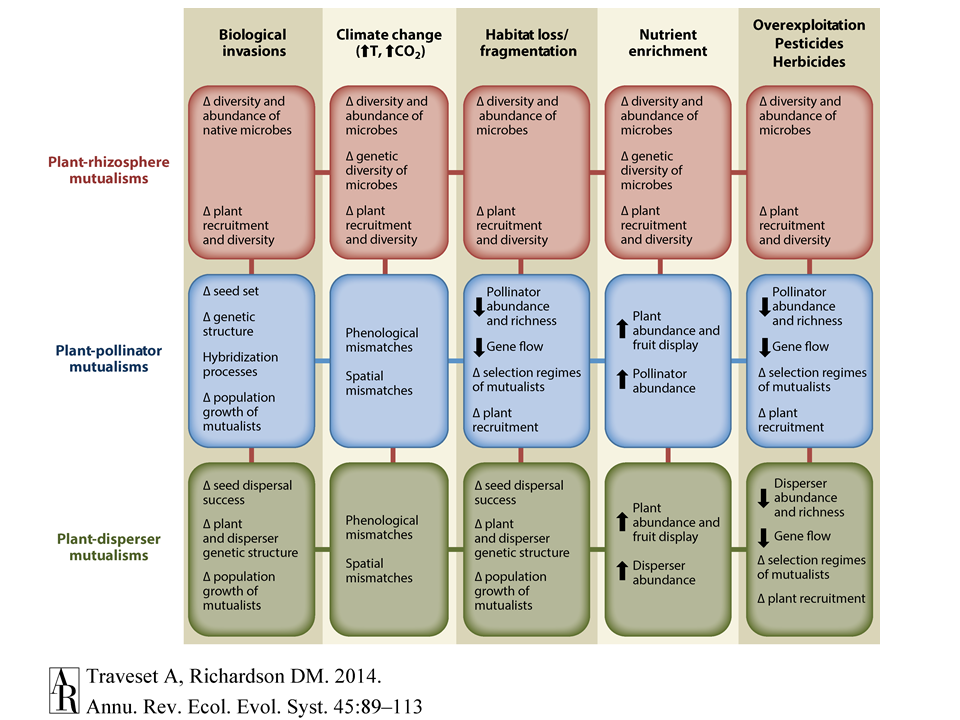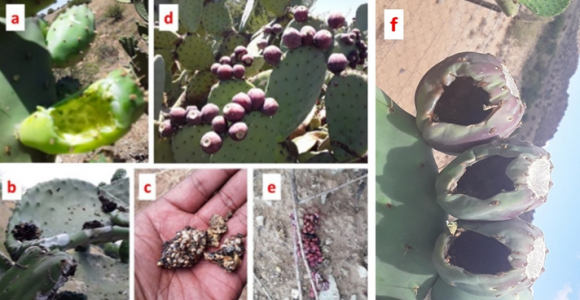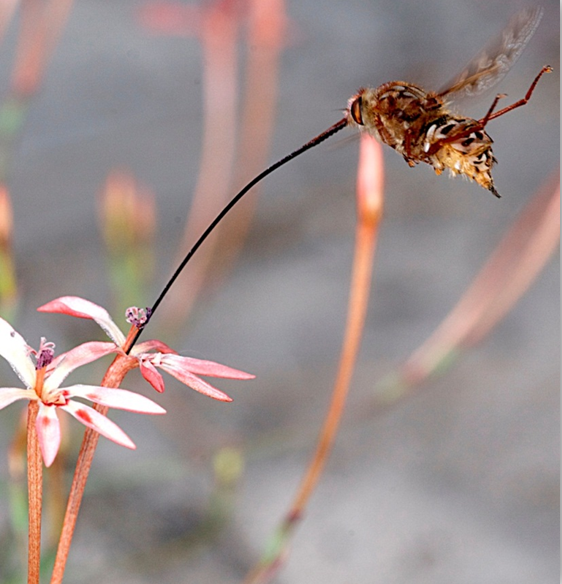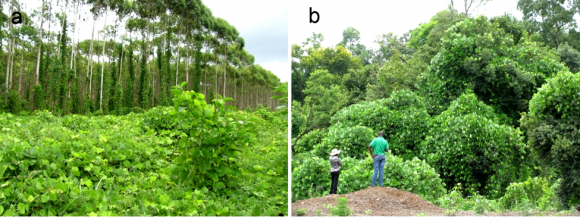19 December 2014 | By Dave Richardson
Mutualisms are relationships between organisms of different species in which each individual benefits from the activity of the other. These relationships are hugely important in nature. Essential services provided by mutualists include pollination, seed dispersal and the constitution of global cycles of carbon and other nutrients. Mycorrhizal or rhizobial symbioses (associations between plants and fungi or bacteria) occur in most terrestrial habitats. Despite their obvious importance, ecologists have only recently started to explore the implications of various elements of global change on mutualisms.
Previous work by C·I·B Director Dave Richardson and colleagues showed that many types of mutualisms mediate the success of alien plants, and that invasive species have huge potential to disrupt native mutualisms; this often leads to population declines, reduced biodiversity, and altered ecosystem functioning. This is a very active field of research and new exciting insights are emerging.
In a recent paper published in Annual Review of Ecology, Evolution & Systematics, Dave Richardson and Spanish collaborator and C·I·B Fellow Anna Traveset review the mechanisms whereby such positive interactions mediate invasions and are in turn influenced by invasions. They focus on three main types of mutualisms (pollination, seed dispersal, and plant-microbial symbioses) and draw on examples from many types of ecosystems and from species- and community-level studies.
This review provides further evidence that “diffuse” mutualisms are the norm in most ecosystems and across most categories of mutualisms and that is allows many alien species to infiltrate recipient communities. The authors identify key traits that influence invasiveness (e.g. selfing capacity in plants, animal behavioural traits) or invasibility (e.g. partner choice in mycorrhizas and rhizobia) through mutualistic interactions.
Biological invasions are causing disruptions to mutualisms on a much greater scale than is generally recognized, and cascading effects of such disruptions are becoming common. In many cases, invasions act synergistically with other elements of global change to affect mutualisms. Such complex impacts are seldom considered when the impacts of invasive species are enumerated. Consequently, potential impacts of many invasive species are underrated.
Most insights on the roles of mutualisms in invasions are from observations, and more manipulative experiments are needed to elucidate the full complexity of species interactions to understand fully the mechanisms involved.
For further information, contact Dave Richardson




